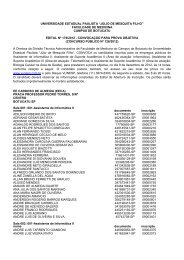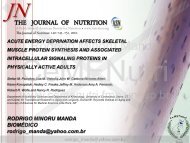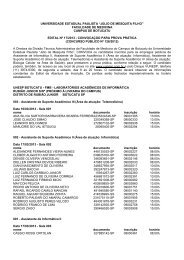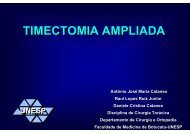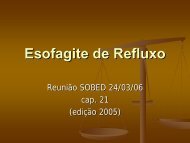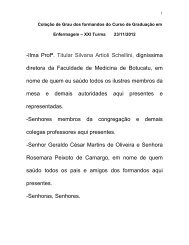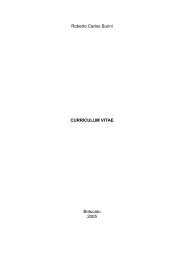THE EU PEAK FLOW METER 01
THE EU PEAK FLOW METER 01
THE EU PEAK FLOW METER 01
- No tags were found...
You also want an ePaper? Increase the reach of your titles
YUMPU automatically turns print PDFs into web optimized ePapers that Google loves.
<strong>THE</strong> <strong>EU</strong> <strong>PEAK</strong> <strong>FLOW</strong> <strong>METER</strong><strong>01</strong>this standard but are tested againsta less demanding standard from theAmerican Thoracic Society [7]. Thereadings from old devices based onthe original Wright meter scale[1, 2] can be clinically misleading[6], depending on where acrosstheir range the reading is beingmade [4, 5]. The CE standard hasaddressed these accuracy issues andalso addressed the frequencycharacteristics of these devices forthe first time. It had been noted bypaediatric clinicians that astutechildren could generate falsely highPEF readings by “tongueing” thedelivery of the blow – a bit likespitting into the meter – which inunder-damped meters would give ahigh flow. This new aspect of PEFmeter testing found that somemeters available in the USA wereseverely under-damped [12], that isthey over-read with flow profilesthat have a rapid rise up to and falloff from the peak. These meters donot meet the new EC standard,which is the only standard to testthis aspect of performance.CalibrationMost hand held PEF meters do notneed day-to-day calibration. This isideal for unsupervised patient useof the meter. The moresophisticated flow measuringdevices common in lung functionlaboratories do need frequentcalibration, since their transductionsystems for converting flow into ameasurement signal are usually notso stable and are influenced byambient conditions. Althoughdevices are marketed as notrequiring calibration, it is possiblewith misuse or accident that thedevice no longer reads correctly.Most manufacturers state that if adevice gives surprising readingsthen a calibration check procedureis required [13].For handheld devices that are onlygiving a flow output, such asvariable orifice meters, acalibration check is beyond thecapability of all but the mostsophisticated laboratories, since apump system is needed that candeliver calibrated flows [14].Human calibration can be usedwhere, for instance, lung functionlaboratory staff who are free oflung disease regularly check theirown PEF on a meter. This can soondetect an unexpected trend in theoutput of the device. If the devicerecords volume as well as flow,then discharging a 3-L syringeseveral times through the deviceusing a range of flows can give anindication if there is a significanterror in the device.Resistance to flowPEF meters offer a compleximpedance to flow, which will bereferred to here as a resistance.When compared with variableorificemeters, some devices, such aspneumotachographs or ultrasonicdevices, offer very little resistance.This can be easily appreciated whenblowing through one such deviceand then through a variable-orificemeter. Standards for PEF metersstate what is the acceptable limit forresistance [8, 13]. Turbine devicesoffer greater resistance at higherflows, while for variable orificemeters it is the reverse [15]. A highresistancemeter has been found toreduce the achieved PEF by anaverage of 8% compared with PEFmeasured with a low-resistancedevice, but the PEF readings werealso less variable [16], which may bean advantage in some settings.ReliabilityThe variable-orifice meters such asthe original mini-Wright meter haveworking parts that have been foundto work correctly for up to 15 yearsof continuous patient use withoutloss of accuracy [17]. However, if aPEF meter is mistreated then it canfail to work properly even whennew. Thus instruction to the userabout how to use and care for themeter is a key part of the clinician’srole in suggesting the patient uses<strong>THE</strong> BUYERS’ GUIDE TO RESPIRATORY CARE PRODUCTS 11




